[Impression] miniwatt n4
The Hong Kong based company miniwatt has quite an interesting history as they have the tendency to focus on one product at a time. I actually won their first product a few years ago in a contest, and it was the tiny tube based speaker amp called S1. The n4 under review here however has nothing to do with tube anymore, but a DAC + headphone-amp aiming toward the PC audiophiles.
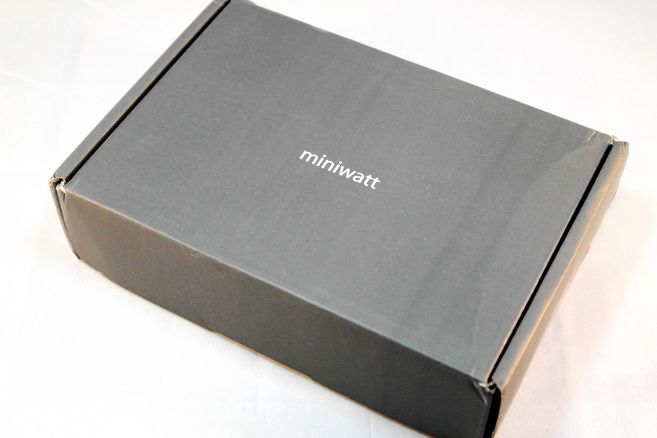
Spec
USB 2.0 Async Mode (driver required) supports up to 32bits/192k (upsampling)
DAC: PCM1795
DAC Filter and Headphone Driver: LM4562 with independent L and R channel circuit at output stage
Headphone Output: 100mW at 32Ohm
Line Output: 1.8V rms (auto mute when using headphone out)
USB 2.0 audio to S/PDIF converter, 32/192k SPDIF output
Digital Attenuation: 0 dB to –120 dB, 0.5db/Step
USB-powered, no external power supply required
Dimensions: 115mm (L) x 74mm (W) x 20mm (H)
Finish: CNC Silver Powder Coated Aluminium Panel with Laser Etching + Stitched Leather Extrusion
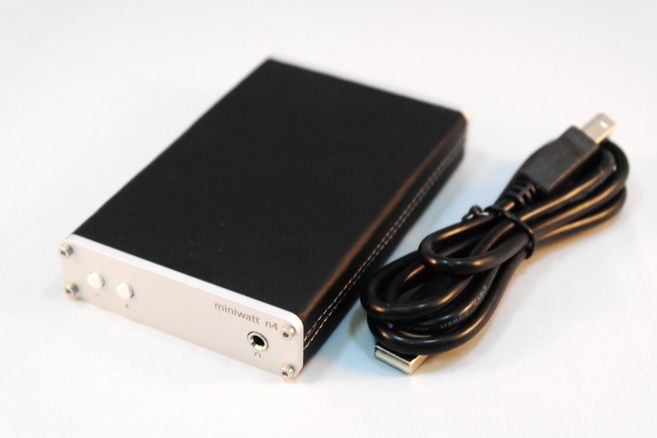
Packaging, Accessories and Build Quality
N4 comes with pretty much minimum packaging. As far as accessories goes, only a USB cable – which is fine for what it is. However, I wish miniwatt has included some kind of a quick start guide inside, or at least a piece of paper pointing to their website. While the n4 is pretty easy to setup, it does require a driver to run in Windows, and you can only get it from miniwatt’s website (which isn’t the easiest the find: miniwatt.com.hk)
The build quality is pretty good and rather unique in design. You have the 3.5mm headphone-out and volume control on the front; the USB input, RCA line-out and coax digital out on the back. The housing is aluminium but wrapped in PU leather, offering a nice exterior finishing.
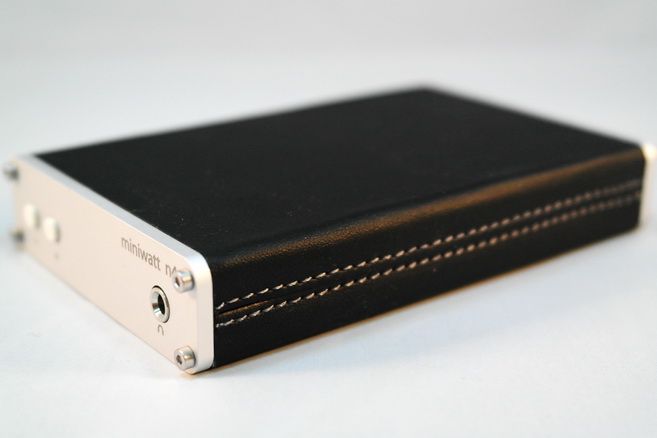
You can see the stitches on the side.
SQ
Let’s talk about the hardware first. On paper, the n4 pretty much has all the goody you will want from a USB DAC of its price bucket – asynchronous USB mode, top-end TI’s DAC chip that will upsample everything to 32/192, a fairly powerful headphone driver based on the well regarded LM4562, pretty high line output, digital-out as well as digital volume control. So do these translate to actual performance? RMAA measurement on the headphone-out shows flat 20Hz to 20kHz frequency response, slightly higher Intermodulation distortion but nothing alerting, and otherwise very clean output. Max headphone-out is the same as line-out, at around 1.7Vrms. Output impedance is calculated to be well under 1 ohm. Output current is decent as well, not particularly high but should be quite enough even for low impedance IEM. Overall, everything seems to stand up to my basic measurement. But the one thing I do want to complain about is the digital volume control mechanism – on Windows 8.1 where you have 0 (mute) to 100 (max), the first few steps on the volume control simply are too loud. RE0, for an example, can only be listened at around volume 6~8, and it is worst for more sensitive IEM. Some of my IEM can’t even be listened at volume 1. I have to lower both the volume on the playback software as well as the Windows master volume control so I can have some finer control over the range. This is kind of far from the “0 dB to –120 dB, 0.5db/Step” quoted in the spec. The good news is that hiss is actually quite low even with sensitive IEM, but you probably won’t use such sensitive an IEM given the volume issue and therefore it is unlikely you are going to enjoy the benefit of the low hiss. Given the volume is fully digital, the line-out is also affected. To get the best out of it, you will want to max it out on the Windows setting when you are using n4 as a source to feed an amp.
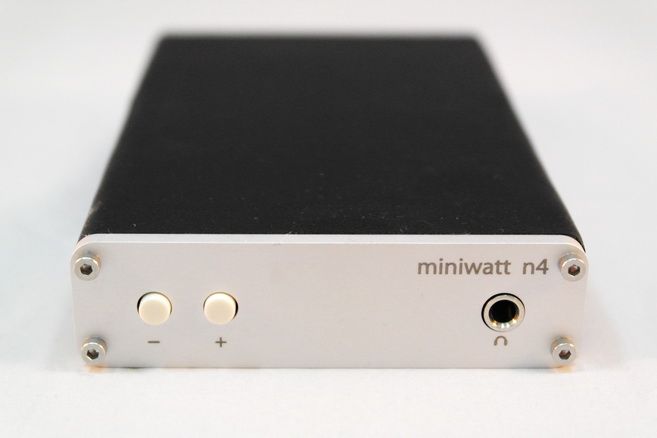
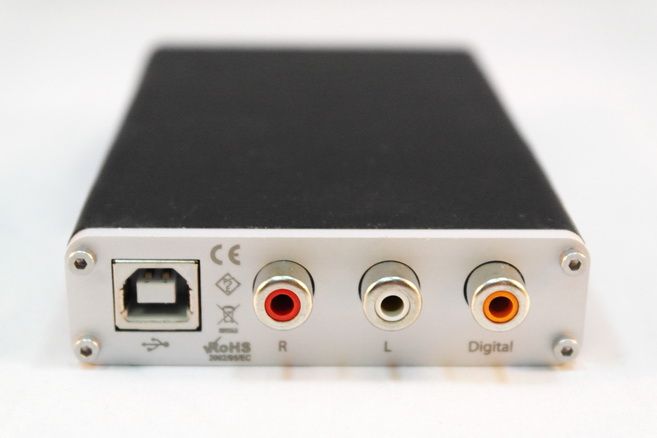
So how does the n4 sound subjectively? On the line-out alone, it is pretty much what you can expect from what I’ll consider fairly classic TI’s top DAC will sound like – overall neutral with a sense of warmth and organic. Compared to the crisp and clean sounding ES9023 in the iFi Audio’s iDAC, the PCM1795 in n4 is smoother and not as revealing on the top, but carries a little bit more texture on the bass and mid. It might seems like a lot of difference on how I described them, but the truth is the difference between them is fairly subtle. You might not notice much if you don’t have some very revealing headphone in the first place. Simply put, iDAC would have more of a wow factor in first listening while n4 is more musical in the long run. Both are quite excellent on their own right.
So how is the headphone-out then? Well, it is definitely not quite as good as a standalone JDS labs O2, but still edges out just a bit over the headphone-out of iDAC. Compared to iDAC, n4’s headphone’s presentation is similar but grander - with wider soundstage and deeper reach into the bass region. It is fairly clean and neutral, if not just a little on the leaner side of things and kind of compensating the slight warmth from the DAC section. As mentioned before, my only complaint is the volume simply being too loud for sensitive headphone and IEM in my Windows 8.1 machine. I am not sure if it is the same for other Windows PC, but it is something miniwatt needs to look into.
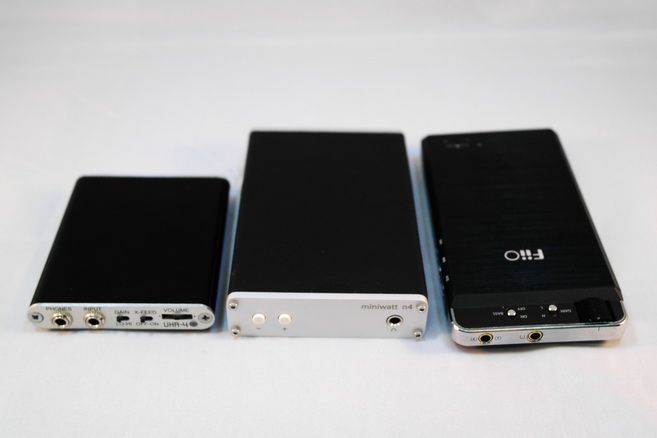
Size comparison (from left): Leckerton Audio UHA-4, n4, FiiO E18.
Sum up
Despite the volume control issue, the n4 is a fairly well rounded bit of kit – it is well made, decent in design, and good in performance. The original price of almost $350 is however on the high side, consider you can get an O2+ODAC or iFi Audio iDAC for under $300 and both offer compatible performance. But the price has been lowered since early 2014 to $199 (directly from miniwatt's webstore), making the n4 much more attractive and easier to recommend. If miniwatt can take care of the volume issue, n4 will have no problem being one of the front runner of its class.
A thanks to miniwatt for the sample.
The Hong Kong based company miniwatt has quite an interesting history as they have the tendency to focus on one product at a time. I actually won their first product a few years ago in a contest, and it was the tiny tube based speaker amp called S1. The n4 under review here however has nothing to do with tube anymore, but a DAC + headphone-amp aiming toward the PC audiophiles.

Spec
USB 2.0 Async Mode (driver required) supports up to 32bits/192k (upsampling)
DAC: PCM1795
DAC Filter and Headphone Driver: LM4562 with independent L and R channel circuit at output stage
Headphone Output: 100mW at 32Ohm
Line Output: 1.8V rms (auto mute when using headphone out)
USB 2.0 audio to S/PDIF converter, 32/192k SPDIF output
Digital Attenuation: 0 dB to –120 dB, 0.5db/Step
USB-powered, no external power supply required
Dimensions: 115mm (L) x 74mm (W) x 20mm (H)
Finish: CNC Silver Powder Coated Aluminium Panel with Laser Etching + Stitched Leather Extrusion

Packaging, Accessories and Build Quality
N4 comes with pretty much minimum packaging. As far as accessories goes, only a USB cable – which is fine for what it is. However, I wish miniwatt has included some kind of a quick start guide inside, or at least a piece of paper pointing to their website. While the n4 is pretty easy to setup, it does require a driver to run in Windows, and you can only get it from miniwatt’s website (which isn’t the easiest the find: miniwatt.com.hk)
The build quality is pretty good and rather unique in design. You have the 3.5mm headphone-out and volume control on the front; the USB input, RCA line-out and coax digital out on the back. The housing is aluminium but wrapped in PU leather, offering a nice exterior finishing.

You can see the stitches on the side.
SQ
Let’s talk about the hardware first. On paper, the n4 pretty much has all the goody you will want from a USB DAC of its price bucket – asynchronous USB mode, top-end TI’s DAC chip that will upsample everything to 32/192, a fairly powerful headphone driver based on the well regarded LM4562, pretty high line output, digital-out as well as digital volume control. So do these translate to actual performance? RMAA measurement on the headphone-out shows flat 20Hz to 20kHz frequency response, slightly higher Intermodulation distortion but nothing alerting, and otherwise very clean output. Max headphone-out is the same as line-out, at around 1.7Vrms. Output impedance is calculated to be well under 1 ohm. Output current is decent as well, not particularly high but should be quite enough even for low impedance IEM. Overall, everything seems to stand up to my basic measurement. But the one thing I do want to complain about is the digital volume control mechanism – on Windows 8.1 where you have 0 (mute) to 100 (max), the first few steps on the volume control simply are too loud. RE0, for an example, can only be listened at around volume 6~8, and it is worst for more sensitive IEM. Some of my IEM can’t even be listened at volume 1. I have to lower both the volume on the playback software as well as the Windows master volume control so I can have some finer control over the range. This is kind of far from the “0 dB to –120 dB, 0.5db/Step” quoted in the spec. The good news is that hiss is actually quite low even with sensitive IEM, but you probably won’t use such sensitive an IEM given the volume issue and therefore it is unlikely you are going to enjoy the benefit of the low hiss. Given the volume is fully digital, the line-out is also affected. To get the best out of it, you will want to max it out on the Windows setting when you are using n4 as a source to feed an amp.


So how does the n4 sound subjectively? On the line-out alone, it is pretty much what you can expect from what I’ll consider fairly classic TI’s top DAC will sound like – overall neutral with a sense of warmth and organic. Compared to the crisp and clean sounding ES9023 in the iFi Audio’s iDAC, the PCM1795 in n4 is smoother and not as revealing on the top, but carries a little bit more texture on the bass and mid. It might seems like a lot of difference on how I described them, but the truth is the difference between them is fairly subtle. You might not notice much if you don’t have some very revealing headphone in the first place. Simply put, iDAC would have more of a wow factor in first listening while n4 is more musical in the long run. Both are quite excellent on their own right.
So how is the headphone-out then? Well, it is definitely not quite as good as a standalone JDS labs O2, but still edges out just a bit over the headphone-out of iDAC. Compared to iDAC, n4’s headphone’s presentation is similar but grander - with wider soundstage and deeper reach into the bass region. It is fairly clean and neutral, if not just a little on the leaner side of things and kind of compensating the slight warmth from the DAC section. As mentioned before, my only complaint is the volume simply being too loud for sensitive headphone and IEM in my Windows 8.1 machine. I am not sure if it is the same for other Windows PC, but it is something miniwatt needs to look into.

Size comparison (from left): Leckerton Audio UHA-4, n4, FiiO E18.
Sum up
Despite the volume control issue, the n4 is a fairly well rounded bit of kit – it is well made, decent in design, and good in performance. The original price of almost $350 is however on the high side, consider you can get an O2+ODAC or iFi Audio iDAC for under $300 and both offer compatible performance. But the price has been lowered since early 2014 to $199 (directly from miniwatt's webstore), making the n4 much more attractive and easier to recommend. If miniwatt can take care of the volume issue, n4 will have no problem being one of the front runner of its class.
A thanks to miniwatt for the sample.

 It would appear you've done this once before.
It would appear you've done this once before. 